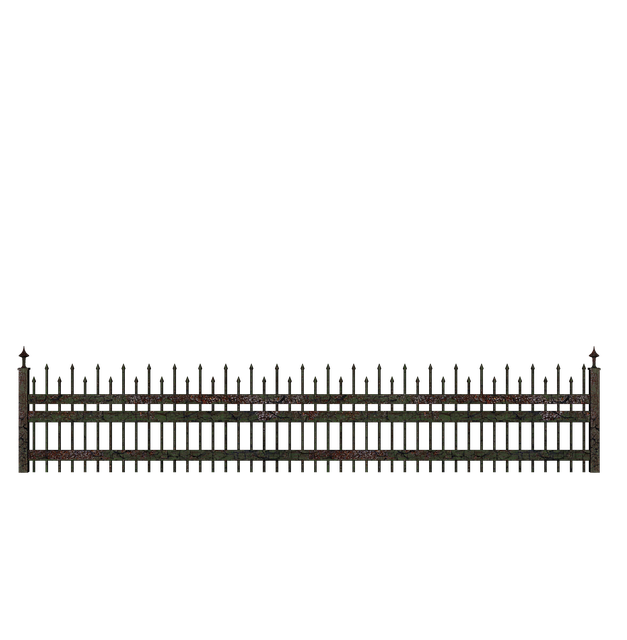Introducing Durable Wooden Fencing for Coastal Areas
Coastal areas present unique challenges when it comes to fencing due to constant exposure to salt air, moisture, and extreme weather conditions. Understanding these challenges is the first step towards selecting the right barrier that can withstand the elements while enhancing your property’s aesthetic appeal. This article delves into the advantages of durable wooden fencing, guiding you through choosing the optimal wood species, installation considerations specific to coastlines, and essential maintenance tips for ensuring longevity.
- Understanding Coastal Fencing Challenges
- Advantages of Durable Wooden Fencing
- Choosing the Right Wood Species
- Installation Considerations for Coastlines
- Maintenance and Longevity Tips
Understanding Coastal Fencing Challenges
Coastal areas present unique challenges when it comes to fencing due to their harsh environments. Salt air, frequent moisture, and strong winds can deteriorate traditional fencing materials over time. Wood, in particular, requires careful consideration as an enduring solution. The primary concern is ensuring the fence can withstand these extreme conditions without compromising its structural integrity and aesthetic appeal.
Regular wood might not be the best choice for coastal locations because it’s susceptible to rot, warping, and insect infestation. Durable wooden fencing for these areas needs to be treated or made from naturally resistant varieties. Options like treated pine or specific types of cedar are popular choices due to their inherent resistance to decay and insects, making them suitable for withstanding the demanding coastal climate.
Advantages of Durable Wooden Fencing
Durable wooden fencing offers numerous advantages for coastal areas, where harsh weather conditions and salt air can be detrimental to traditional materials. First, wood is an aesthetically pleasing option that seamlessly blends with natural landscapes, providing a classic and timeless look. Unlike other materials, wood allows for customization in terms of style, color, and finish, enabling homeowners to create unique designs that reflect their personal taste.
Moreover, durable wooden fencing is highly resistant to corrosion and decay, making it an excellent choice for coastal environments. Properly treated and maintained wood can withstand strong winds, heavy rainfall, and salty air, ensuring its longevity. This durability translates into reduced maintenance costs and less frequent replacements, making it a cost-effective solution in the long run.
Choosing the Right Wood Species
When selecting wood for coastal fencing, understanding the environment is key. Salty air, moisture, and exposure to elements can deteriorate even the sturdiest woods. Therefore, choosing a durable species is essential. Hardwoods like cedar, redwood, and tea tree are popular choices due to their natural resistance to rot and insects. These woods have high oil content, making them less susceptible to water absorption and subsequent damage.
Considered among the most durable options, cedar offers excellent longevity and aesthetic appeal. It’s naturally resistant to decay and insect infestation, reducing maintenance needs over time. Redwood, known for its strength and beauty, is another superior choice, though it may be more expensive. For a cost-effective option with decent durability, tea tree wood is worth considering, although it requires more regular upkeep compared to the previous options.
Installation Considerations for Coastlines
When installing durable wooden fencing in coastal areas, several unique considerations come into play due to the region’s specific challenges. First and foremost, the fence should be designed to withstand frequent exposure to salt water and high humidity levels, which can accelerate wood decay. Treated timber options that are resistant to corrosion and moisture are ideal choices. Customized designs or specialized treatments might be necessary for posts and rails to ensure longevity in such an environment.
Additionally, the terrain and local regulations should guide installation decisions. Coastal areas often feature uneven ground, so fence posts must be strategically placed to account for potential flooding or strong winds. Permits and guidelines regarding setbacks from water bodies may also impact the overall layout and design of the fencing system. Local authorities can provide crucial insights into these regulations, ensuring compliance while constructing a sturdy barrier that protects properties and enhances coastal aesthetics.
Maintenance and Longevity Tips
To ensure your durable wooden fence stands strong against coastal elements, regular maintenance is key. This includes cleaning the fence at least twice a year to remove salt spray and other debris. Use a soft brush or cloth to gently scrub the wood, then rinse with fresh water. For areas with heavy buildup, consider a mild soap solution.
Additionally, applying a high-quality water-repellent sealer every 1-2 years will help protect the wood from moisture penetration, preventing rot and decay. Keep an eye out for any signs of damage, such as warped panels or loose posts, and address them promptly to maintain the fence’s structural integrity and longevity.
